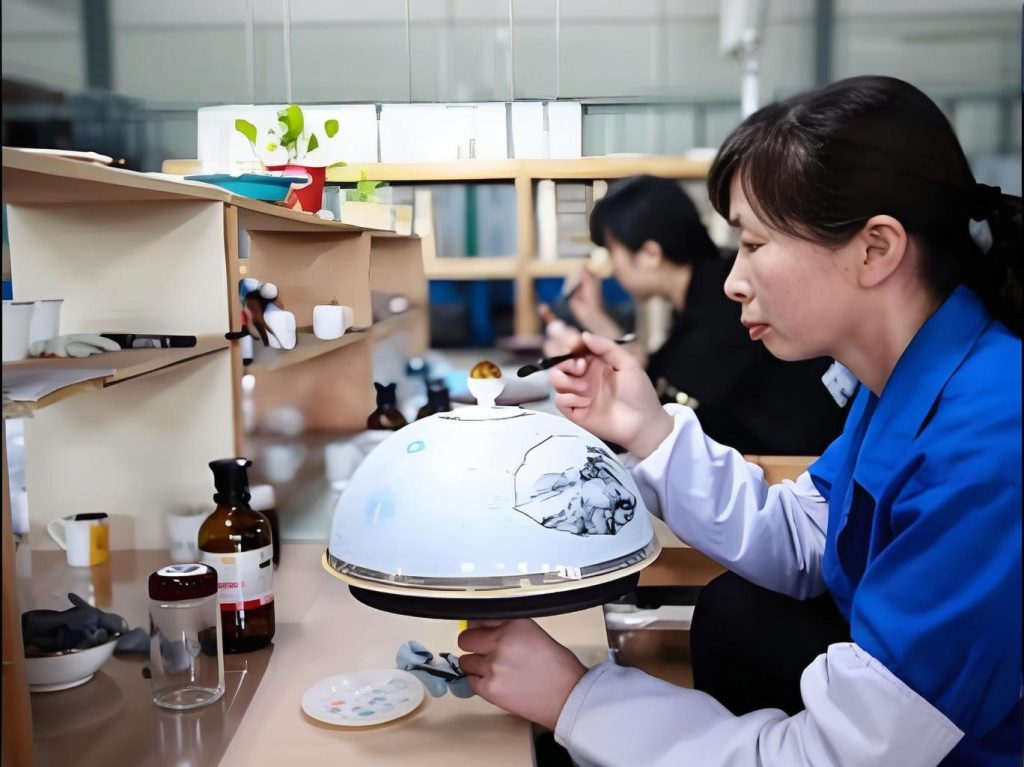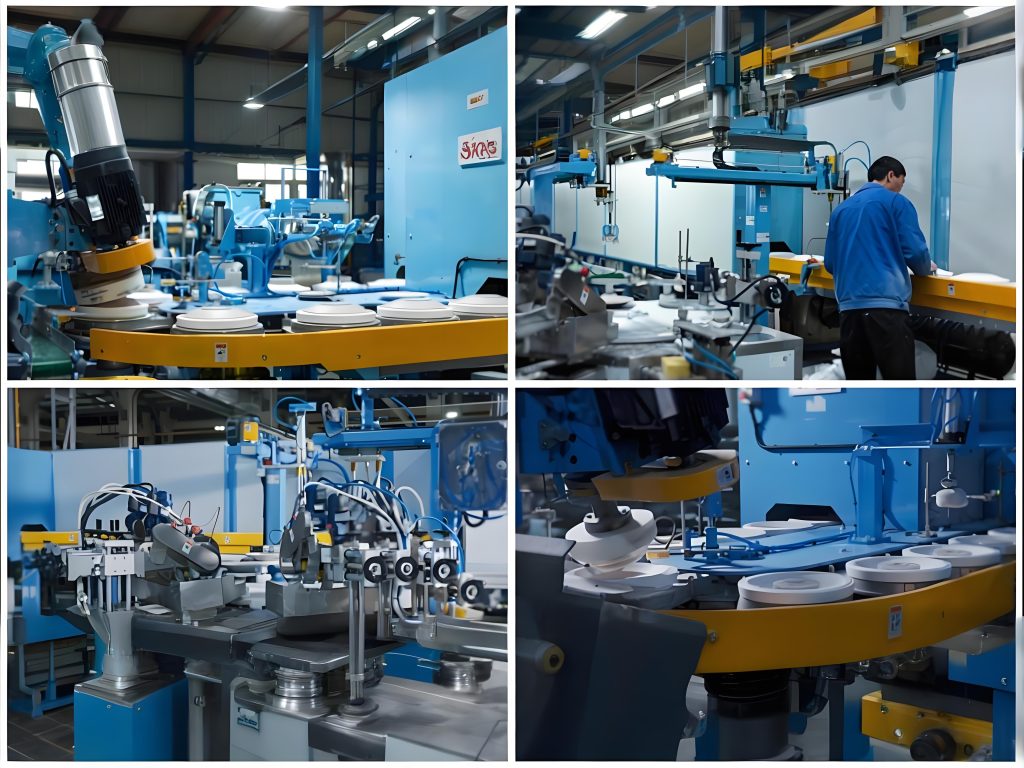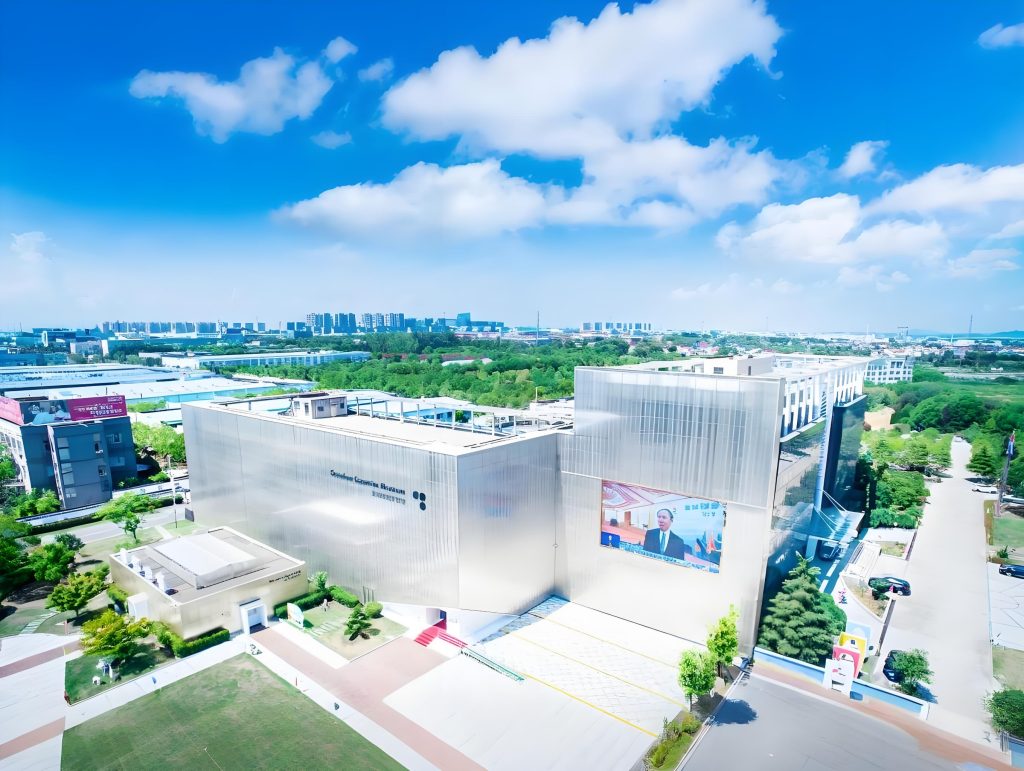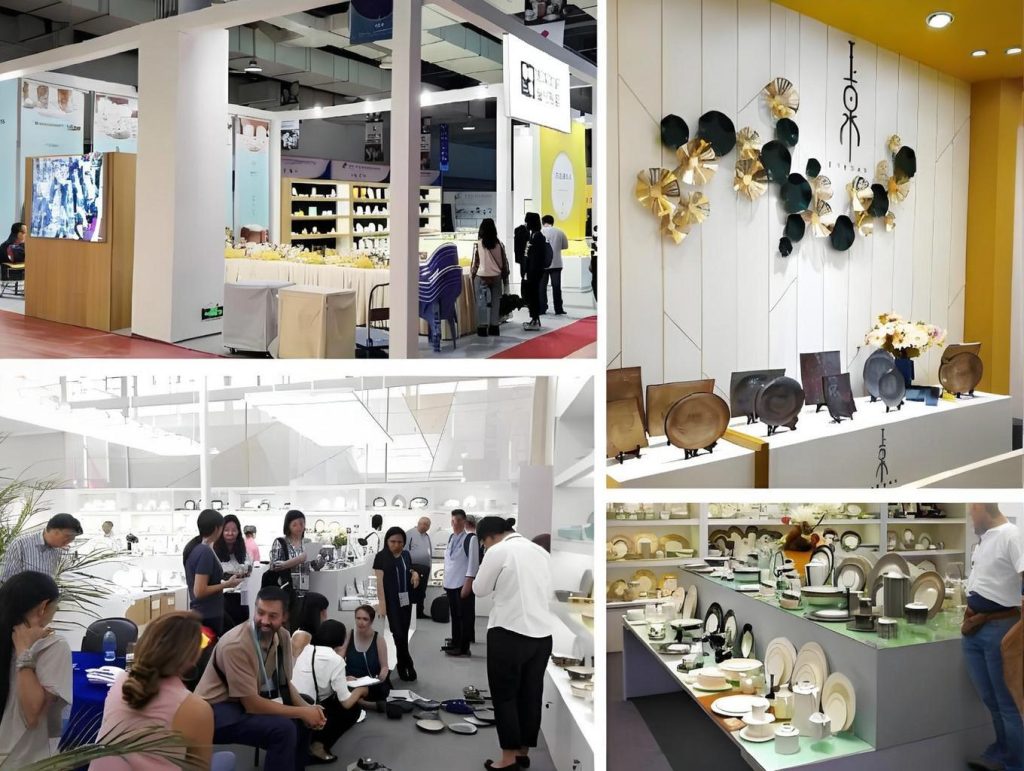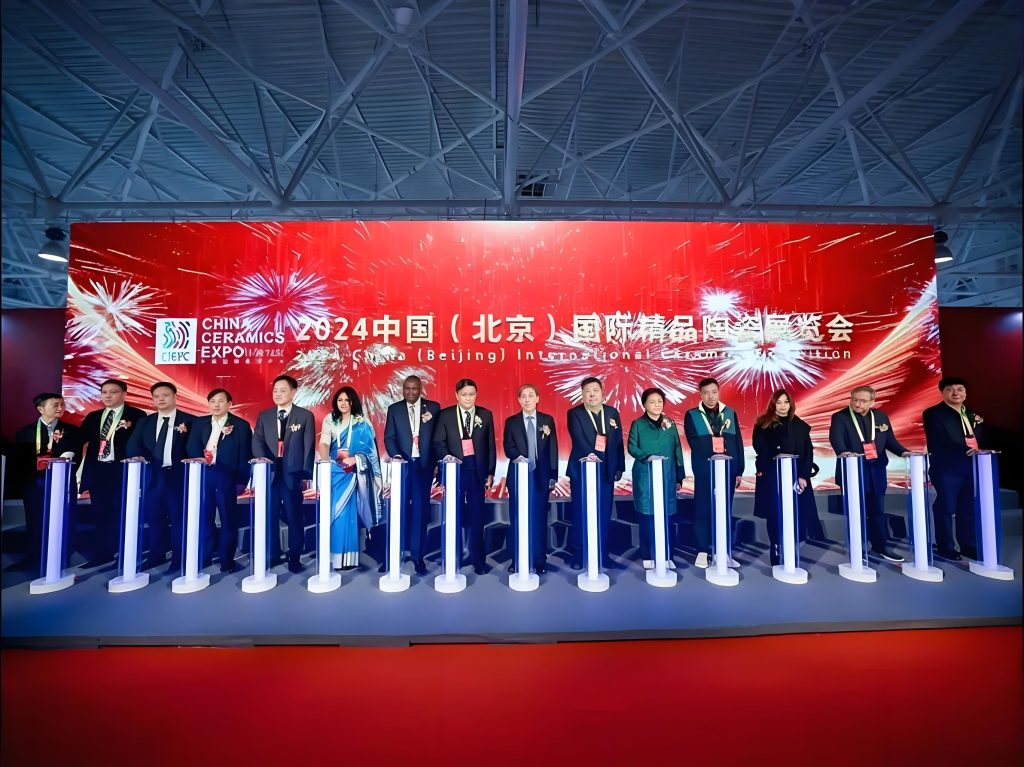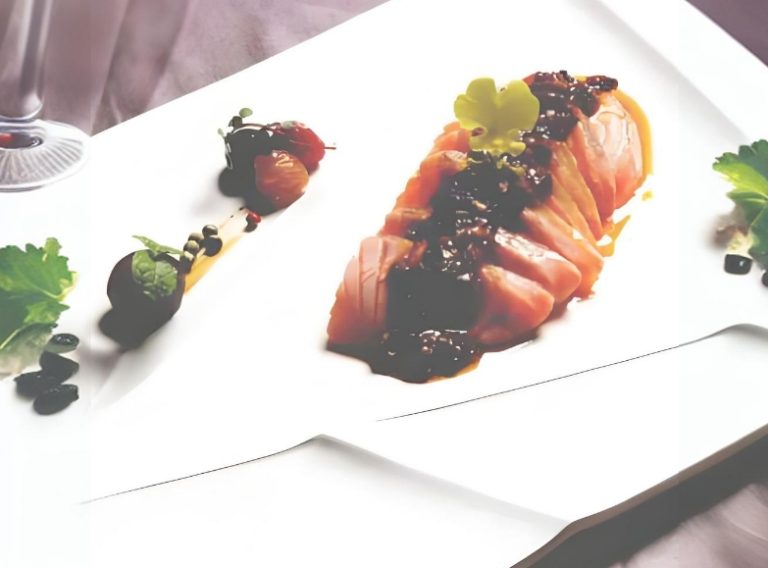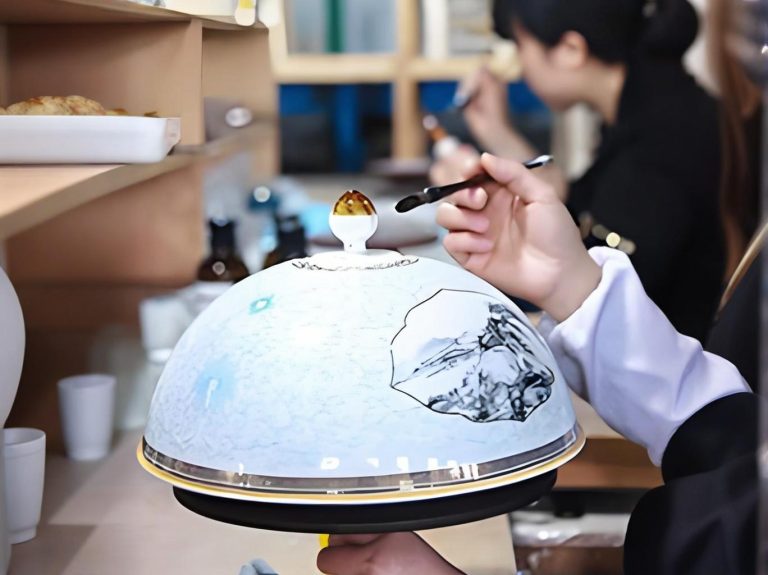Dinnerware That Wins Hearts Worldwide: Why Mikasa Matters
Ever had this moment? You’re at a friend’s place for dinner. You pick up a plate. Something just clicks. It’s not about the food. The dinnerware has this vibe. Weight feels right. Pattern’s subtle but classy. The whole table just works.
Later I learned. That unforgettable set was Mikasa.
Before diving into Mikasa dinnerware, I thought dishes were just “functional items.” Then I read Quora posts from tableware enthusiasts. I scrolled through endless Reddit threads about recommendations and warnings. Things got complicated fast.
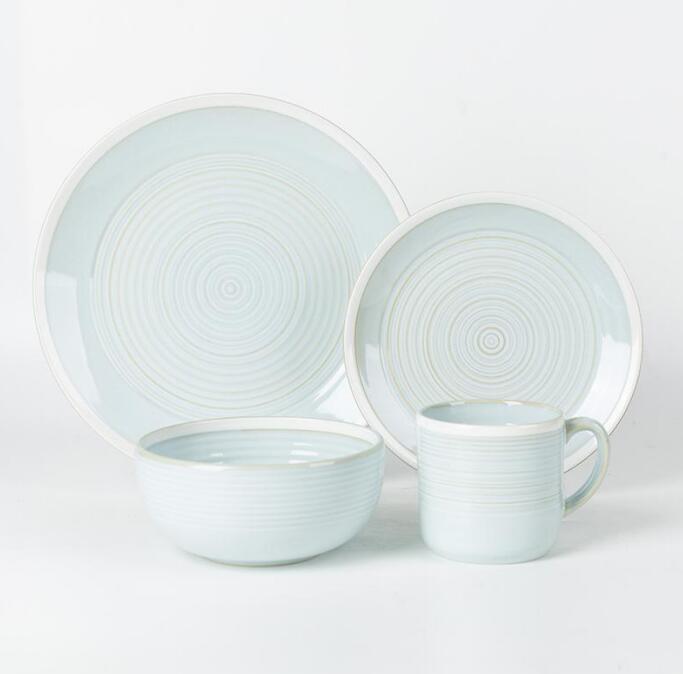
Why Middle-Class Families on Quora Love Mikasa
Check out Quora’s “What’s the best dinnerware brand for everyday use?” thread. Mikasa shows up everywhere. One answer gets straight to it:
“Mikasa strikes the perfect balance between durability and elegance. Not too fancy that you’re afraid to use it daily, but nice enough that guests always compliment.”
Translation: Mikasa nails two opposing qualities. Durable and beautiful. Daily use? No worries. Guests coming? You’re covered.
My restaurant friend once said something similar. “Good dinnerware isn’t precious. You want to use it. You enjoy using it. It just works.”
Devil’s in the Details
Another top answer mentions something overlooked. Weight distribution. Mikasa plates “feel balanced.” Not top-heavy. Not brick-thick either. Sounds random but consider this:
- Light plates burn hands with hot food
- Heavy plates tire wrists during cleanup
- Unbalanced bowls tilt forward with soup
Mikasa as an experienced tableware manufacturer clearly studied ergonomics. One user ran an experiment. Three same-priced brands. Filled with water. Carried 50 meters. Only Mikasa passed without hand fatigue.
What Reddit Users Really Say
Quora brings rational analysis. Reddit’s r/BuyItForLife and r/HomeDecor bring brutal honesty.
Dishwasher Test: The Real Battlefield
One post title says it all. “Mikasa after 500+ dishwasher cycles – still looks new.” OP posted comparison photos. Five-year-old receipt plus current dinnerware shots. Zero visible wear.
Comments exploded:
- “My Mikasa Italian Countryside lasted 8 years, pattern intact!”
- “Compare that to IKEA stuff, cracked in 6 months…”
- “Edges stay smooth, never cut your lip”
But critics appeared too. “Not all series hold up. Check if it’s bone china or stoneware first.”
Quick knowledge drop:
- Bone China: Light, translucent, fancy, somewhat delicate
- Stoneware: Thick, durable, handles daily roughness
Mikasa makes both materials. Choose wrong and you’ll regret it.
Design Fatigue? Doesn’t Exist Here
Another surprising discussion point. “Lasting appeal.”
One user nailed it. “Trendy patterns make you excited for 3 months, then you’re sick of them. Mikasa’s classic designs? You barely notice them until someone points out how elegant your table looks.”
Spot on. Those Instagram-famous dishes? You photograph them nonstop initially. Three months later? Boring. Mikasa’s design is supporting actor energy. White versions match any tablecloth. Patterned ones add subtle sophistication.
From Japanese Roots to Global Success: What Mikasa Got Right
Time for some history. Mikasa’s technically American now. Founded 1948 in New York. But the name and early designs carry Japanese aesthetic influence. Founder George Aratani was Japanese-American. He infused Wabi-Sabi simplicity into the product line.
What’s Wabi-Sabi? Basically: beauty in imperfection. Elegance through restraint.
That’s why Mikasa classics rarely feature elaborate carvings or flashy colors. But detail work is meticulous. Glaze finish. Edge curves. Pattern spacing. Everything’s carefully considered.
A Tableware Manufacturer’s “Craftsman Obsession”
Surviving 75+ years as a tableware manufacturer requires commitment. Mikasa has a stubborn policy. Every new series undergoes 12 months of real-use testing before launch.
That’s crazy in the fast-consumer-goods era. A former employee on Quora revealed insider info. “We had a ‘destruction team.’ They dreamed up extreme scenarios. Microwave heating then ice water dunking. Steel wool scrubbing. Deliberately pushing off tables…”
The result? Designs that “died” in testing got axed. No matter the upfront investment.
That old saying rings true. “Good products get tortured into existence.”
Three Pitfalls When Buying Mikasa
After praising it, let’s get real. Reddit has plenty of “regret purchases” too.
Pitfall 1: Series Selection Paralysis
Mikasa’s product line is massive. 100+ series. Beginners get overwhelmed. One user complained. “Just the white versions have 20 options. What’s the difference?”
Suggestions:
- Daily basics → Italian Countryside (farmhouse vibe, tough)
- Minimalist → Ciara (pure white, business aesthetic)
- Light luxury → Regent Bead (gold trim, holiday appropriate)
Pitfall 2: Price Traps
Same series, different channels, 30% price gaps happen. Someone got bone china plates for $12 each on Amazon Prime Day. Someone else paid $35 at retail stores.
Money-Saving Tips:
- Black Friday’s essential (up to 50% off)
- Official website Outlet runs year-round 30% discounts
- Sets beat individual pieces (obvious but people forget)
Pitfall 3: “Made in Japan” Obsession
Most Mikasa products now come from Thailand, Indonesia, or China factories. Only rare high-end lines manufacture in Japan. Some people chase “Made in Japan” labels obsessively. Honestly pointless. Quality control standards are globally unified.

Let’s Talk Straight
After all this research, I ordered Mikasa’s Annette series myself. White base with light blue florals. Three months in, real impressions:
- Appetite actually improves. Same fried rice looks more appetizing in Mikasa bowls versus regular ones.
- Dishwashing got less annoying. Material’s so smooth. Oil rinses off easily. Minimal scrubbing needed.
- Friends visit more often (laughs). During one gathering, someone examined a plate forever. “Where’d you get this? I want the same.”
But real talk. Dinnerware’s personal. Some find Mikasa too “formal.” They prefer handmade pottery’s irregular charm. Others want brand prestige. They think it’s not “showy” enough.
Who suits Mikasa?
- Values quality but hates wasting money
- Wants lifestyle ritual upgrades without hassle
- Needs “all-purpose” dinnerware for various occasions
Who doesn’t?
- Pursues ultra-personalized designs
- Budget’s rock-bottom locked (IKEA might fit better)
- Too lazy to wash dishes, prefers disposables (then…don’t buy)
Final open question: What’s your standard for good dinnerware? Durability, appearance, or usage happiness?
For me personally, quality Mikasa dinnerware solves more than just “holding food.” It’s morning coffee’s small joy. Weekend brunch photo confidence. A little reminder that “life deserves more refinement.”
What about you?
External References:
- https://www.quora.com/What-is-the-best-dinnerware-brand-for-everyday-use
- https://www.reddit.com/r/BuyItForLife/
- https://www.reddit.com/r/HomeDecor/
- https://www.mikasa.com/about-us
- https://www.architecturaldigest.com/story/best-dinnerware-sets
If you have any questions or need to custom dinnerware service, please contact our Email:info@gcporcelain.com for the most thoughtful support!

